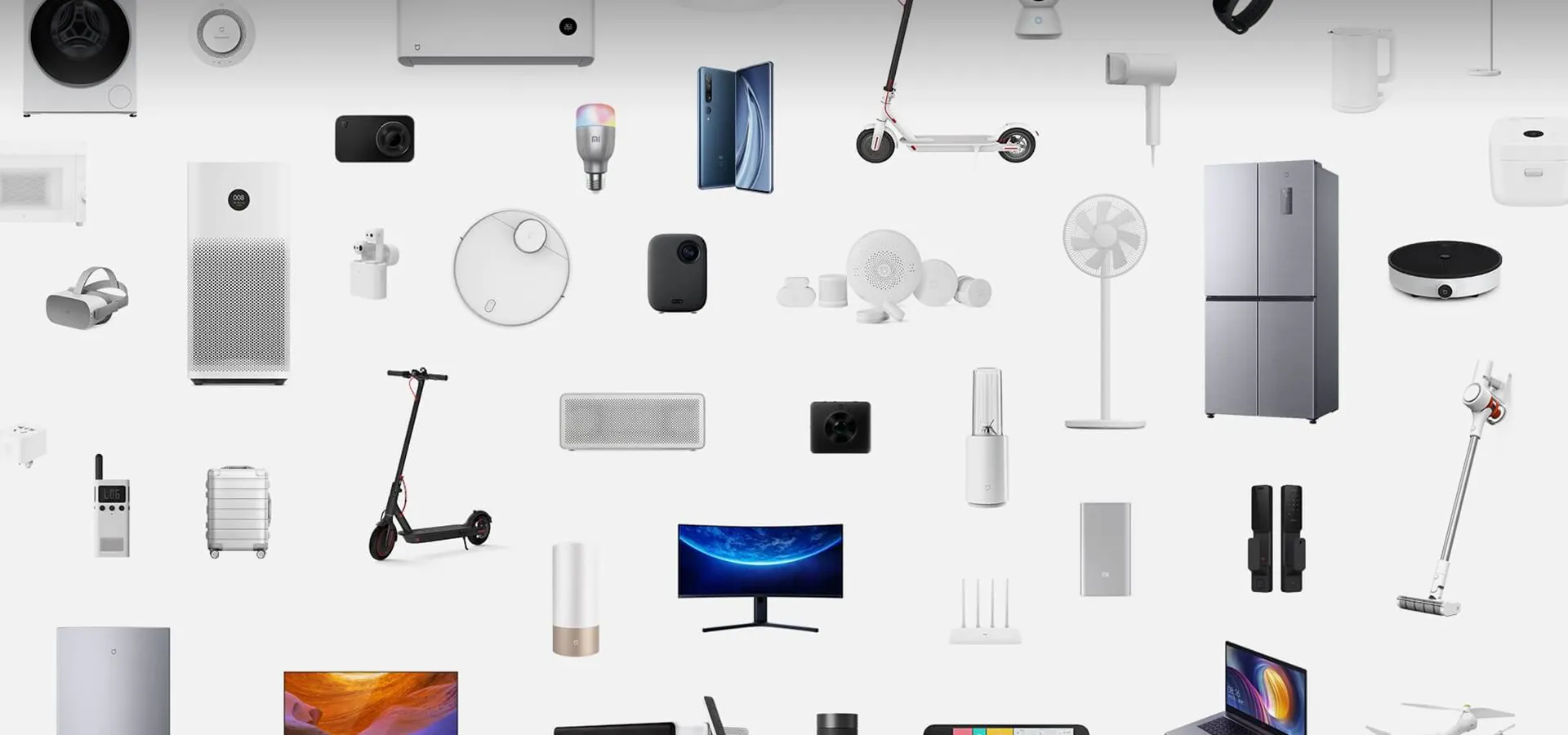En nuestro último podcast, revisamos todo el proceso de diseño de Valley, la mochila para nómadas digitales que diseñamos para nuestros amigos de Barner Brand, que recientemente ha sido reconocida con un Red Dot Design Award. Fue una conversación muy interesante, de la que hemos recopilado algunos aprendizajes clave que queremos compartir con todos vosotros.
1. Nunca subestimes un premio de diseño
Edu y Rai, cofundadores de Barner Brand, admiten que hasta que ganaron el Red Dot Design Award, no se dieron cuenta del prestigio del premio. Viendo que sus mochila de reconocimiento compartido con diseños de Google y Phillips les hizo entender que su producto, en términos de diseño, estaba a la altura de los mejores.
«A veces, este tipo de reconocimientos proporcionan el impulso de confianza que necesitamos para apreciar verdaderamente nuestros productos».
2. Conozca a su público objetivo y haga crecer su negocio
Todos sabemos que Barner es una marca famosa por sus gafas y que su público objetivo son los nómadas digitales. Su profundo conocimiento de su público objetivo permitió a Edu y Rai concebir esto mochila diseñada para satisfacer las múltiples necesidades de un nómada digital en su vida diaria.
«Invertir en entender a tus usuarios te permitirá generar información que, con el tiempo, puede convertirse en excelentes productos para ellos. Para una empresa, esto se traduce en crecimiento».
3. El crowdfunding como herramienta de validación
Para ellos, el crowdfunding era un herramienta de validación que les permitió probar su producto con sus clientes. Aunque reconocen que el crowdfunding se ha vuelto cada vez más difícil, lo consideran una gran herramienta que ayuda a predecir la recepción de un producto desde el primer día.
«Una campaña bien detallada que explique perfectamente el producto, sus atributos y su historia es esencial para generar la confianza que los usuarios necesitan en estas plataformas».
4. La importancia de la creación de patrones para ahorrar tiempo y recursos
Edu y Rai coinciden en la importancia del patronaje en el diseño de productos textiles. Un proceso de creación de patrones bien ejecutado garantiza un prototipo real, viable y final. Explican que desde que decidieron trabajar con Lúcid, el primer prototipo estaba casi definitivo, gracias a un excelente trabajo de patronaje.
«Llevar un concepto a la realidad requiere un amplio conocimiento en la creación de patrones, de modo que cualquier persona involucrada en el proceso pueda entender cómo crear un prototipo efectivo».
5. Costos: el factor crítico que puede cambiarlo todo
Tanto Lúcid como Barner explican que su idea inicial de producto tenía muchas características. La priorización fue clave para lograr un producto atractivo, funcional y rentable.
Edu y Rai describen el proceso de racionalización y priorización de las funcionalidades como la parte menos gratificante del proyecto, pero reconocen que encontrar un equilibrio entre las características y los costos es crucial para hacer un producto asequible y que se pueda fabricar.
6. Elija los socios adecuados
En el podcast, el equipo de Barner explica que inicialmente intentaron llevar a cabo el proyecto por su cuenta, pero pronto se dieron cuenta de que era una tarea imposible. Por lo tanto, decidieron contactar con Lúcid, quien rediseñó el concepto y les proporcionó un prototipo casi definitivo que los convenció de inmediato. Como explican Edu y Rai en el podcast, diseñar gafas no es lo mismo que diseñar mochilas. Trabajar juntos fue la clave para materializar y hacer realidad su idea.




.webp)

